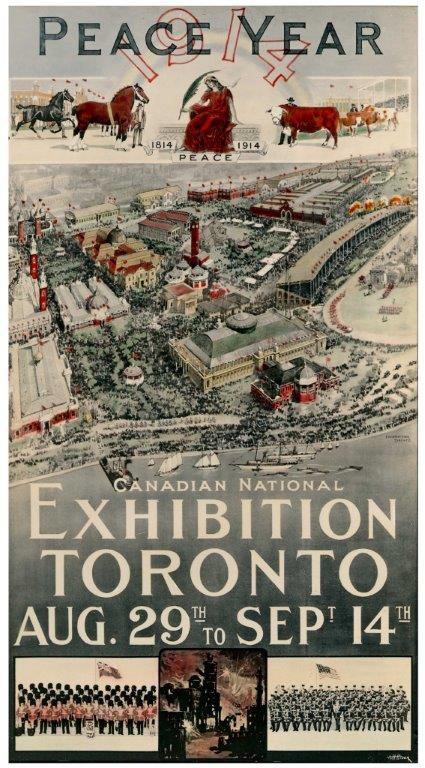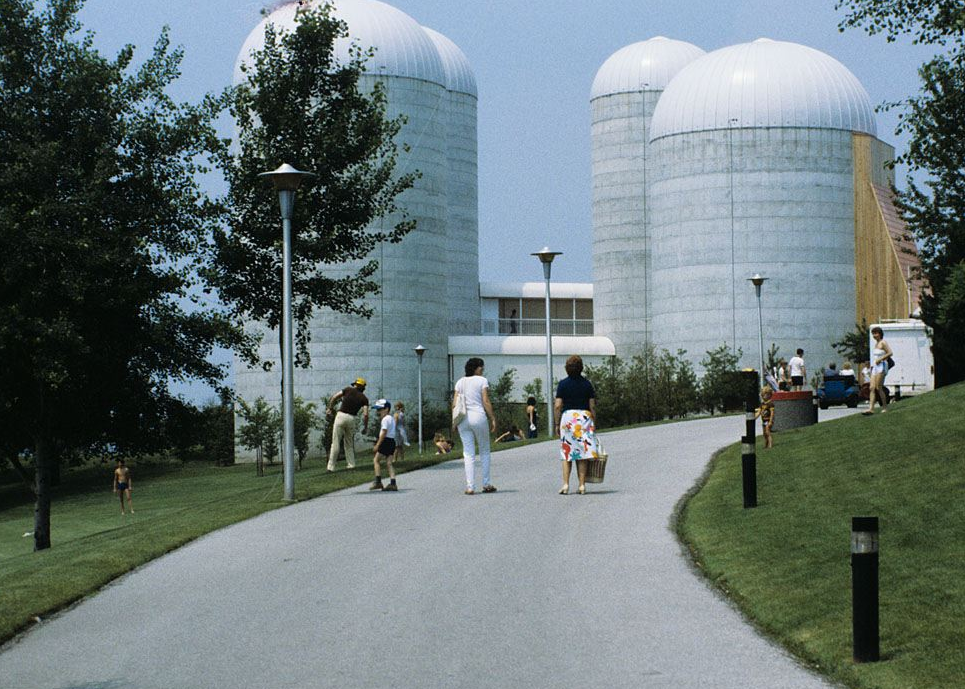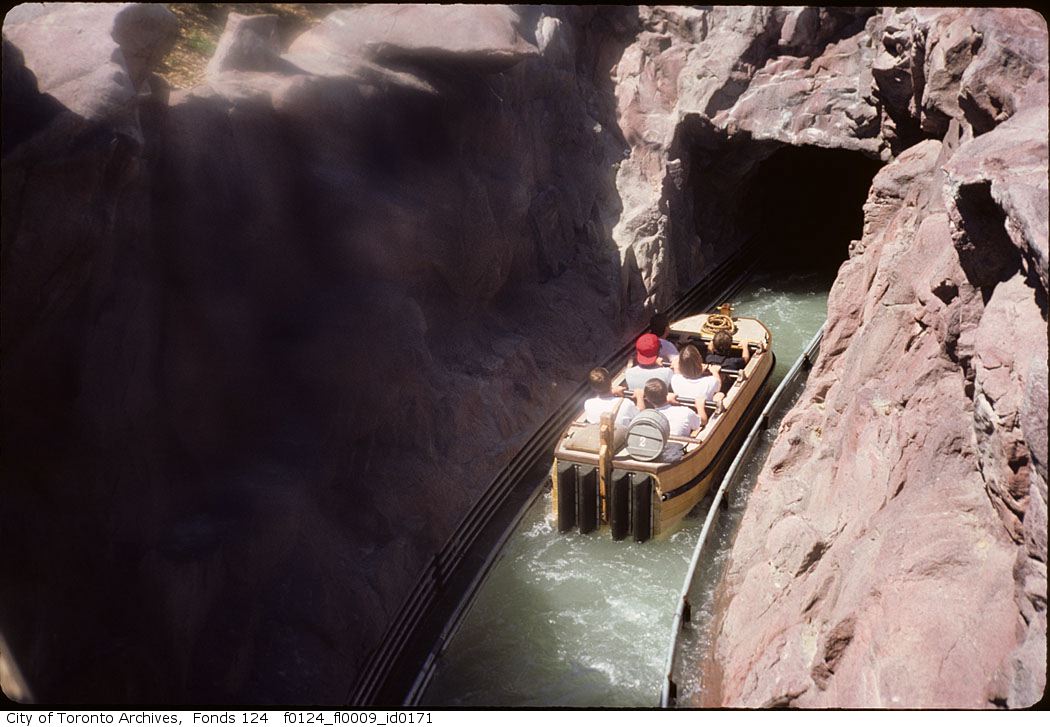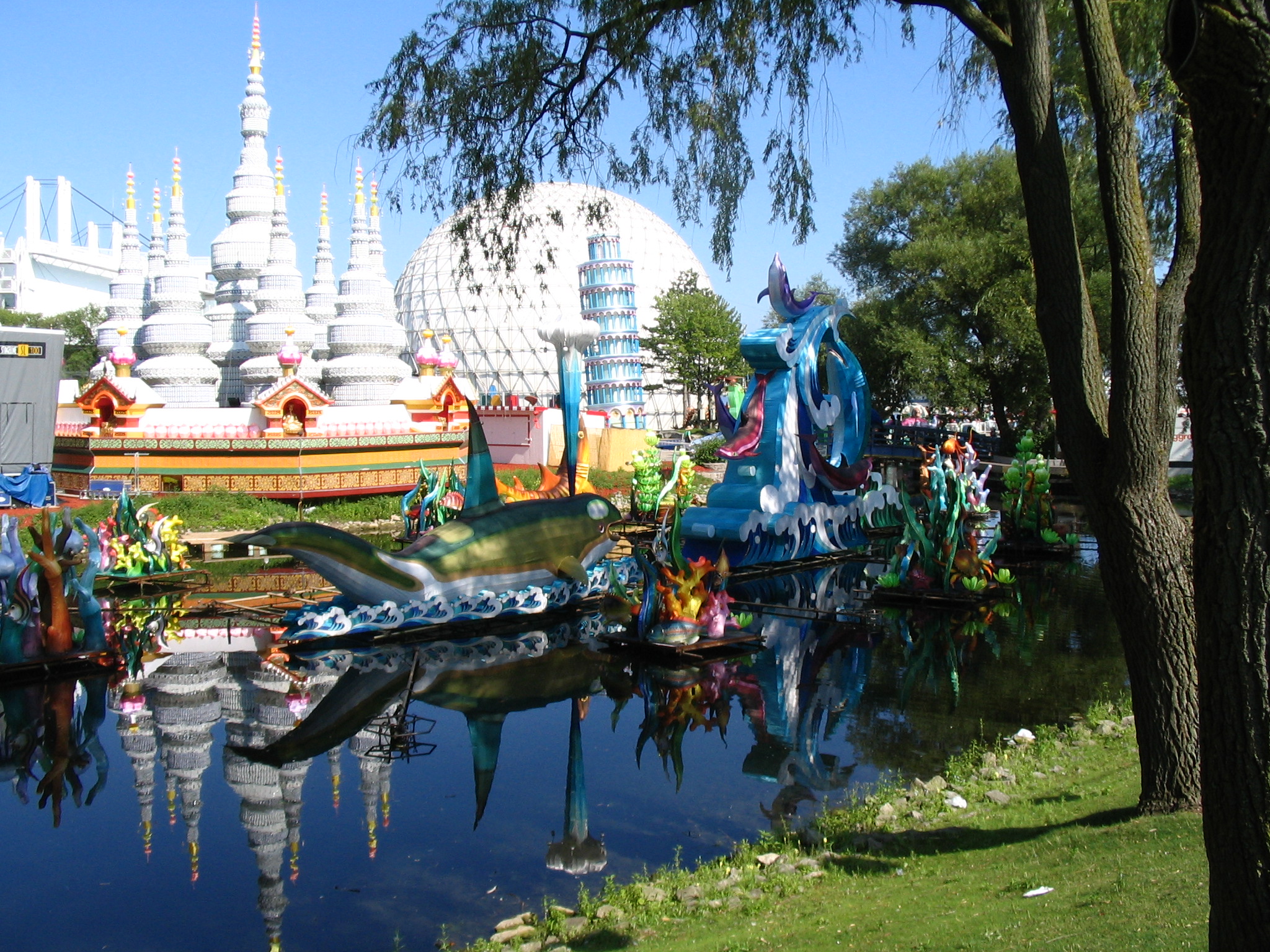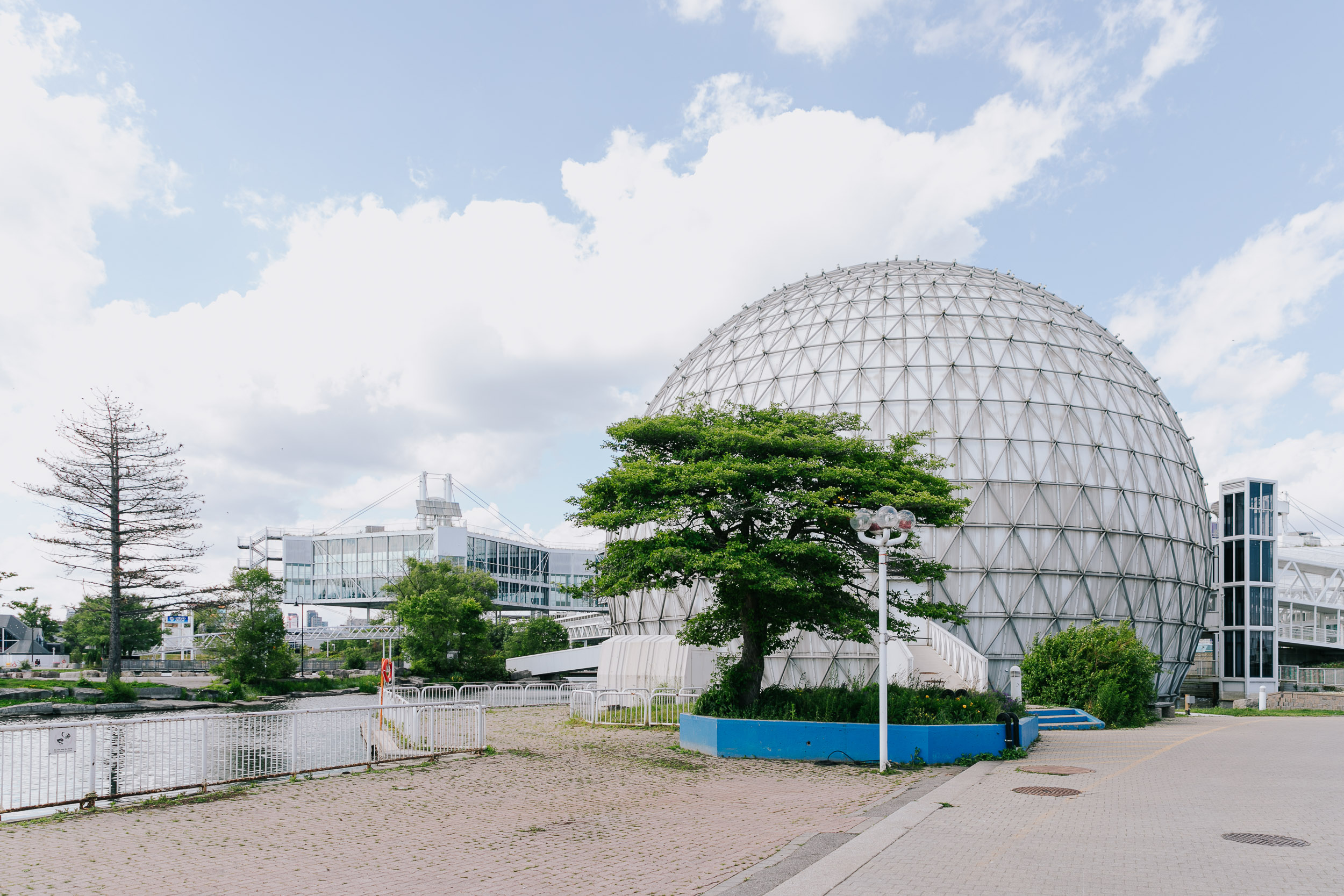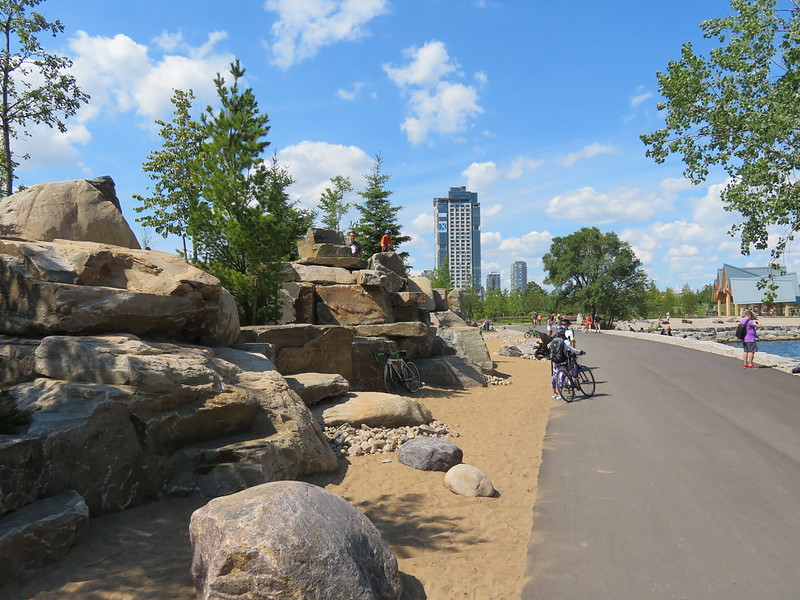Toronto’s Indigenous history is thousands of years old
The word “Toronto'' is derived from the Mohawk word “Tkaronto,” which means “the place in the water where the trees are standing, the place where the fish weirs are.” This land and water were inhabited by the Petun, the Huron Wendat, the Haundenosaunee (hoodt-en-oh-show-nee), the Anishnabeg (ah-nish-naw-bek), the Mississaugas of the Credit, and the Chippewa peoples for thousands of years. Tkaronto is now home to many diverse First Nations, Inuit and Métis peoples.
The shores of Lake Ontario and its watersheds are inextricably intertwined with Indigenous histories. According to First Story Toronto, the Humber River Valley (known by the Mississaugas of the Credit as “Cobechenonk”- now 5 km away from Ontario Place) “constituted a huge network of waterways that collectively facilitated a great deal of Indigenous movement and travel over a vast area spanning the interior of North America to the Atlantic Ocean and Northern Canada to the interior to the central United States.” It was part of the “Toronto Carrying Place,” a centuries-old 45 km trail critical to Indigenous trade. The Toronto Islands (adjacent to Ontario Place) are also a sacred and spiritual site for Indigenous peoples.
